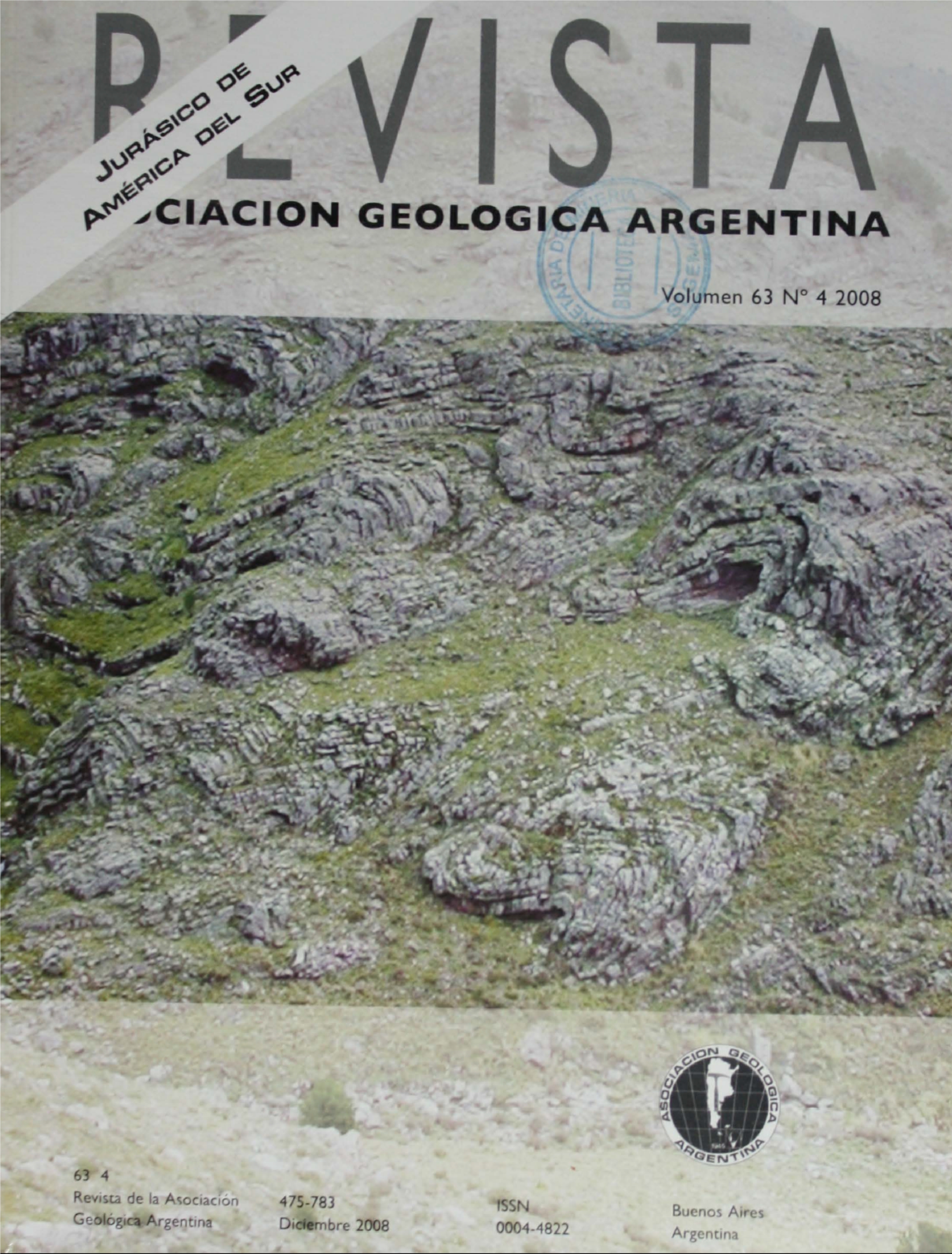Jurassic Paleoclimates in Argentina, a review
Main Article Content
Abstract
New paleoclimatic evidence from palynologic and vertebrate proxies provides more detailed data on climatic change during the Jurassic in Argentina. Comparison with paleomagnetic data shows that the Neuquén basin shifted from the highest paleolatitudes (50ºS), by the end of the Triassic until the end of the Sinemurian. During the Pliensbachian-Toarcian it moved northward, reaching the lowermost paleolatitudes (25ºS), and subsequently (Middle to Late Jurassic) the area moved again and attained eventually a position similar to its present-day position (30ºS). These movements are reflected in the Jurassic palynofloras. The high frequency of the pollen genus Classopollis (Cheirolepidiacean gymnosperms) is of special paleoclimatic importance in the Argentinian Jurassic, as it is indicative of seasonal aridity or semiarid conditions during large intervals of this Period. During the shift of the South American continent to the northernmost position, the arrival of an important group of Araucariaceae, represented by Callialasporites spp., in the Toarcian could indicate an amelioration related to more humid conditions. Jurassic dinocyst assemblages studied in the Neuquén basin have proved to be useful paleoclimatic and paleobiogeographic proxies. Abundant remains of marine crocodiles in the Mid- and Late Jurassic of the Neuquén basin indicate warm water temperatures for this basin, probably in excess of 20° C. The occurrence of abundant turtles and other ectothermic vertebrates in the Middle Jurassic Cañadón Asfalto Formation of Chubut is in general accordance with the warm climate indicated for this unit by geologic evidence.
Article Details

This work is licensed under a Creative Commons Attribution-NonCommercial 4.0 International License.
Nota de copyright
Los autores conservan los derechos de autor y garantizan a la revista el derecho de ser la primera publicación del trabajo licenciado según una licencia de atribución Creative Commons que permite a otros compartir el trabajo con el reconocimiento de la autoría y de la publicación en la que se publicó por primera vez.
Declaración de privacidad
Los nombres y direcciones de correo electrónico introducidos en esta revista se usarán exclusivamente para los fines declarados por esta revista y no estarán disponibles para ningún otro propósito u otra persona.

